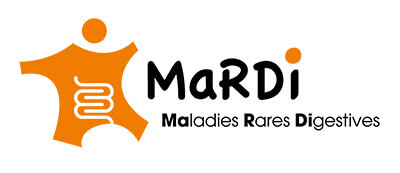Definition and clinical description
This condition, much rarer and more recently described, is characterized by a functional abnormality in the Na+-H+ exchange at the level of the membrane of the brush border in the intestine. The anomaly is clearly demonstrated by intestinal perfusion techniques.
Symptoms and prevalence
Hydramnios (foetal diarrhoea) is usually present, with neonatal onset diarrhoea. The profuse watery stool is characterized by rich Na + and bicarbonate concentrations. The clinical forms of this congenital defect are poorly understood, may be transient but also particularly serious.
Prevalence is lower than 1/1,000,000,000, with fewer than 15 cases reported.
Diagnostic method
Diagnosis is based on characteristics of the diarrhoea and biological signs (metabolic acidosis), as other absorption mechanisms are normal.
Management and treatment
Treatment is based on intravenous and oral correction of ionic disorders. It is necessary to ensure adequate hydration and compensation for the loss of sodium and chlorine. As the child ages, diarrhoea persists, but episodes of dehydration become less frequent and severe, and nearly normal life and growth can be achieved.
Genetic counselling
Transmission is likely to be autosomal recessive. The gene is currently not identified.


